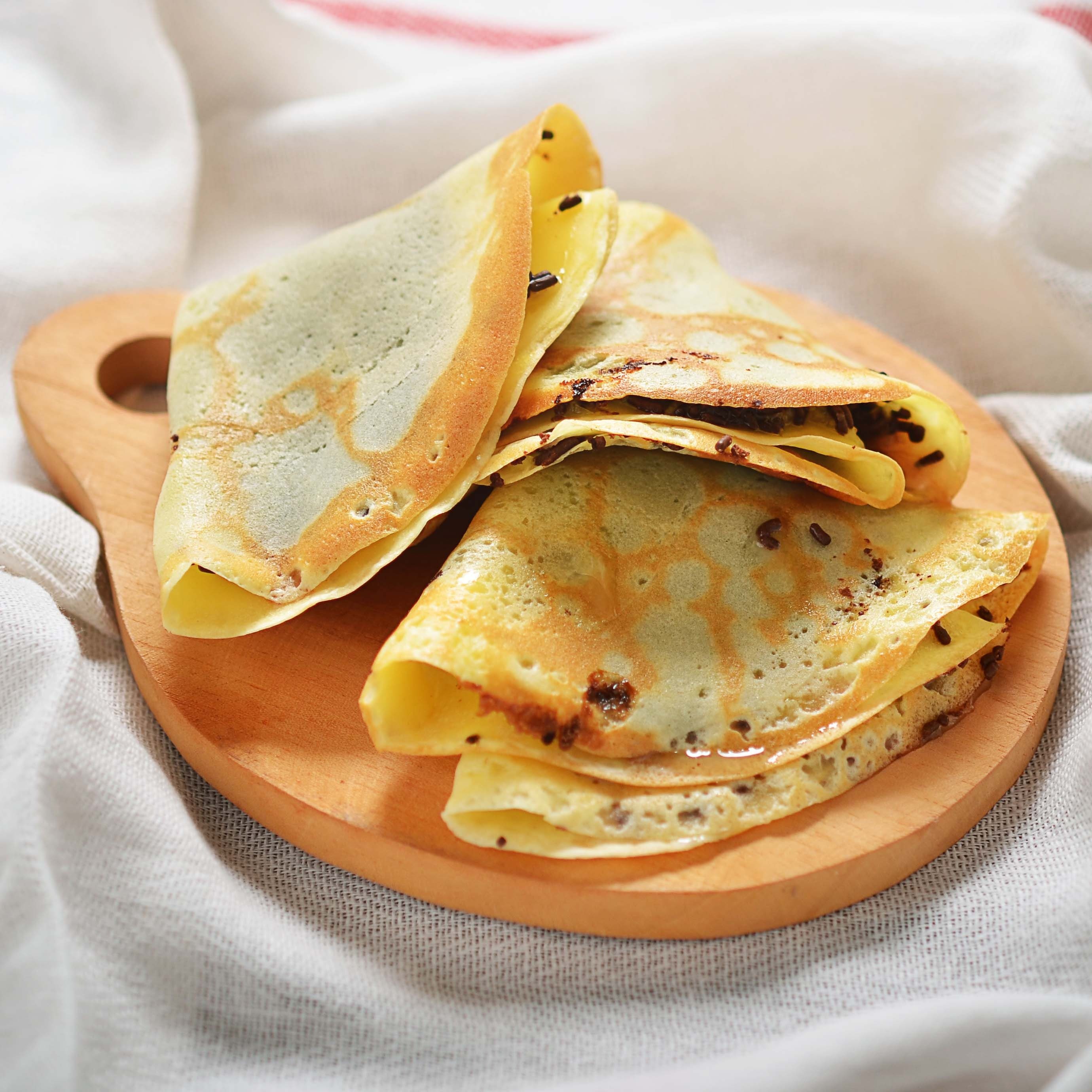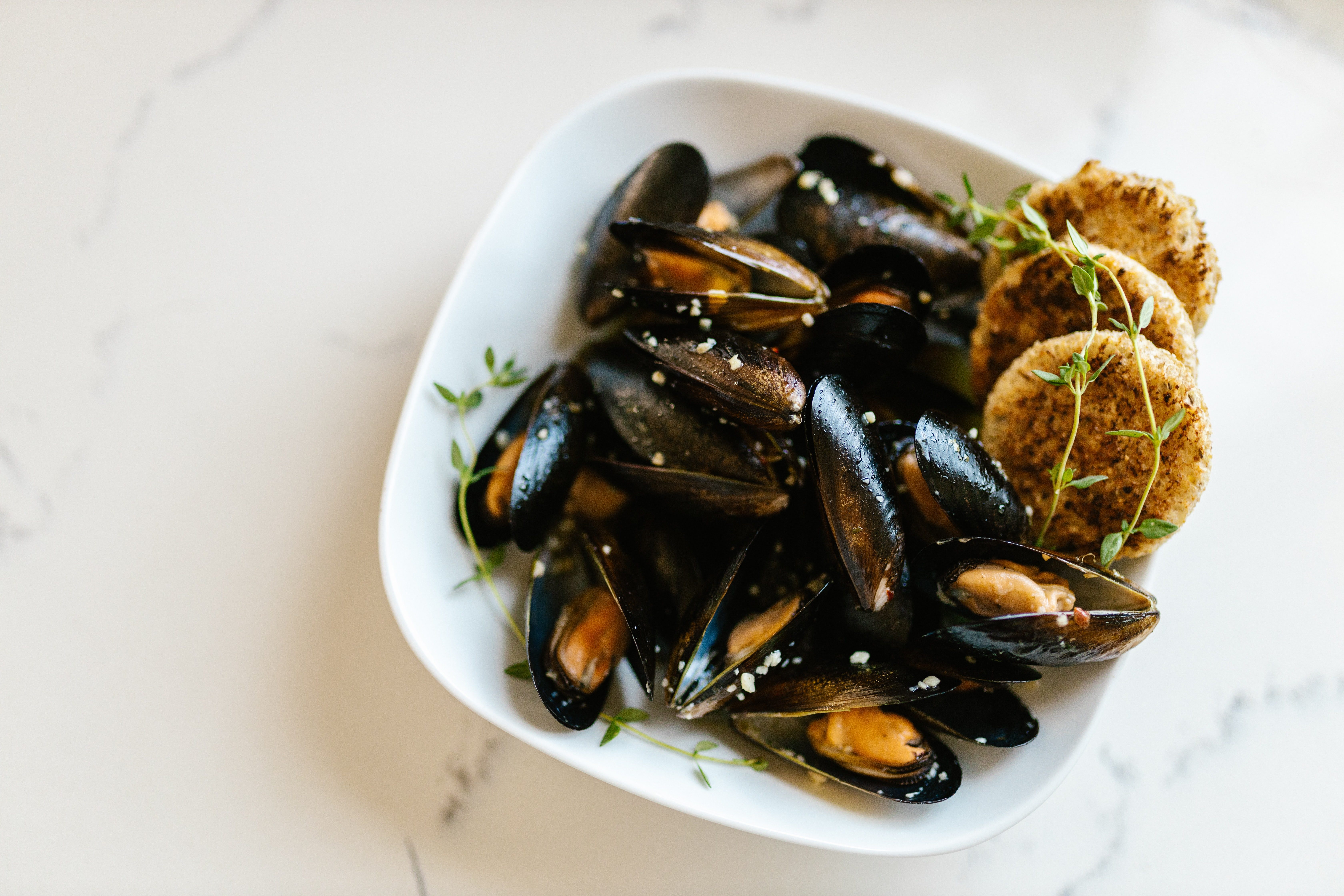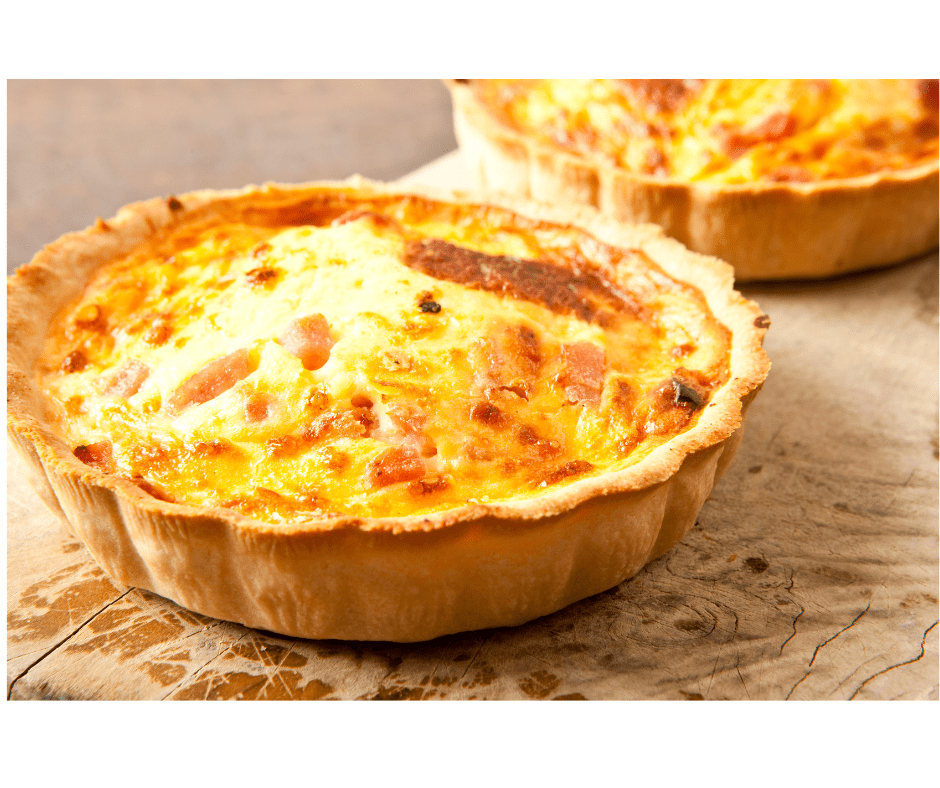Summer time is a time to travel and to discover delicious cuisine. On today’s article we will be talking about famous foods in France for you to try out the next time you plan a visit to that country.
As a bonus, we will share with you a short recipe at the end for you to be able to prepare one of these dishes at home and enjoy a traditional French dish.
France is usually associated with bread, cheese, and wine for the main part but, who can forget the Famous crêpes?
Crêpes can be both savoury or sweet, and they date back to “Le jour des crêpes” circa 472, when they were offered to French Catholic
pilgrims visiting Rome for Candlemas by Pope Gelasio I. Their circular shape symbolizes a coin or the sun. Its place of origin is accredited
to the northwest region of France, Brittany, where they are traditionally made with buckwheat flour, also known as Galettes.
The crêpe batter consists of flour, eggs and milk or water, with butter, sugar, and salt as optional ingredients. They can be filled
with a variety of sweet fillings from jam or Nutella to savoury like ham and cheese or seafood.

If you enjoy salads, then this famous French food will please you, the Salade Niçoise. This salad originates in French province of Cote
D’Azur with the salad being named after the city of Nice. It includes fresh tomatoes, sliced hard-boiled eggs, tuna, or anchovies, and a
vinaigrette dressing.
There are many variations of this salad that vary with the seasons. In the spring, chefs may add freshly harvested blanched green beans or
include chopped red bell pepper, minced shallots, and steamed artichoke hearts. Some versions may also include steamed potatoes.
If you love French food as us, you have already made a variation of the Salade Niçoise.
The history of this traditional French dish goes back to the time of the German ruling, the medieval kingdom of Lothringen. The name
quiche originates from "kuchen”, the German word for cake.
The original quiche is the Quiche Lorraine, which consisted of an open pie bread base with a filling consisting of an egg and cream custard
with smoked bacon. Modern versions of this quiche now include cheese and are made of puff pastry.
There are many variations of the quiche, for example, if you add onions to the Quiche Lorraine, then you are making a quiche Alsacienne.
There are also other versions that include broccoli, mushrooms, ham, or shellfish. It is up to the person’s preference!
At the end of this article, we will share with you a version
of the Quiche Lorraine.
Moules frites or fried mussels are a traditional dish that can be served in holidays like Christmas.
Although they are an extremely popular dish in the North of France, their origin is Belgium. Mussels were a staple dish in Belgian homes
around the 1700s, as well as French fries, and they were served in fry shops called friteries. They became popular after World War
I.
Like some of the popular dishes mentioned above, there are many variations of this which consist of the addition of herbs and spices. Some
include Moules nature (cooked with leeks, herbs, and butter), Moules au Vin Blanc (cooked with white wine), Moules à l’ail (cooked with
sliced garlic), among others.
If you are a seafood lover, you will like Moules frites (do not forget to pair them with fries)!

The steak tartare is a dish to be eaten with care because of its raw nature. Consisting of raw meat with spices, topped with a raw egg, this
dish is said to have originated with the Genghis Khan’s Mongol warriors (Tatars), who conquered Europe by horse who laced the meat between
the saddle and the back of the horse, so that it softened while they rode.
A few years back in France, eating raw was associated with freshness, vitality, and health. Horse was still used although beef’s longevity
made it the meat of choice. This recipe requires prime quality meat and various ingredients depending on the several variations.
These are some of the traditional food of France. Do you have any favourites, or do you have a variation of one of these dishes that you would like to share? Let us know on social media!
To try one of these popular foods in France, we are sharing with you a version of Quiche Lorraine so you can try preparing it and trying it at home!
Ingredients:
For puff pastry
For the filling

Directions:
To make the puff pastry:
Once you have prepared the pastry, you can start preparing the filter.
For the filling:
Let it cool for a few minutes before serving. It can be accompanied with a green salad.
If you want to improve your French Culture knowledge even more check one of our cultural events!
Discover our French Language courses here!
This website uses cookies to personalize your content (including ads), and allows us to analyze our traffic. By continuing to use our site, you agree to our privacy policies.